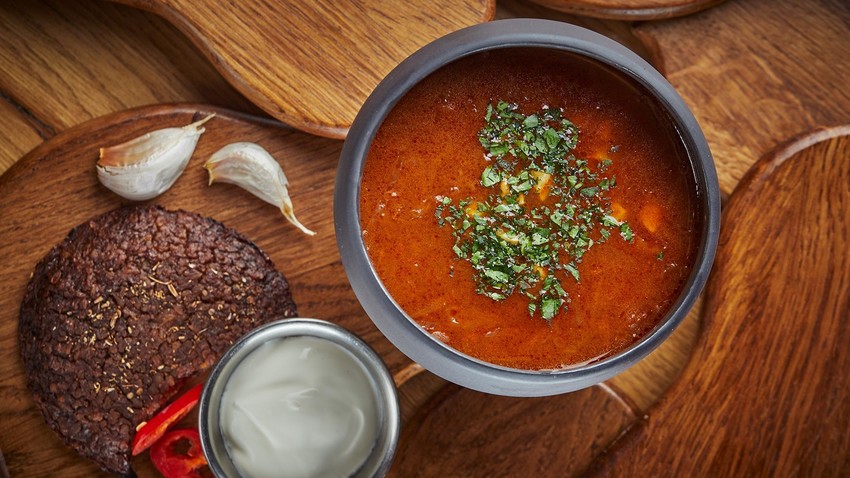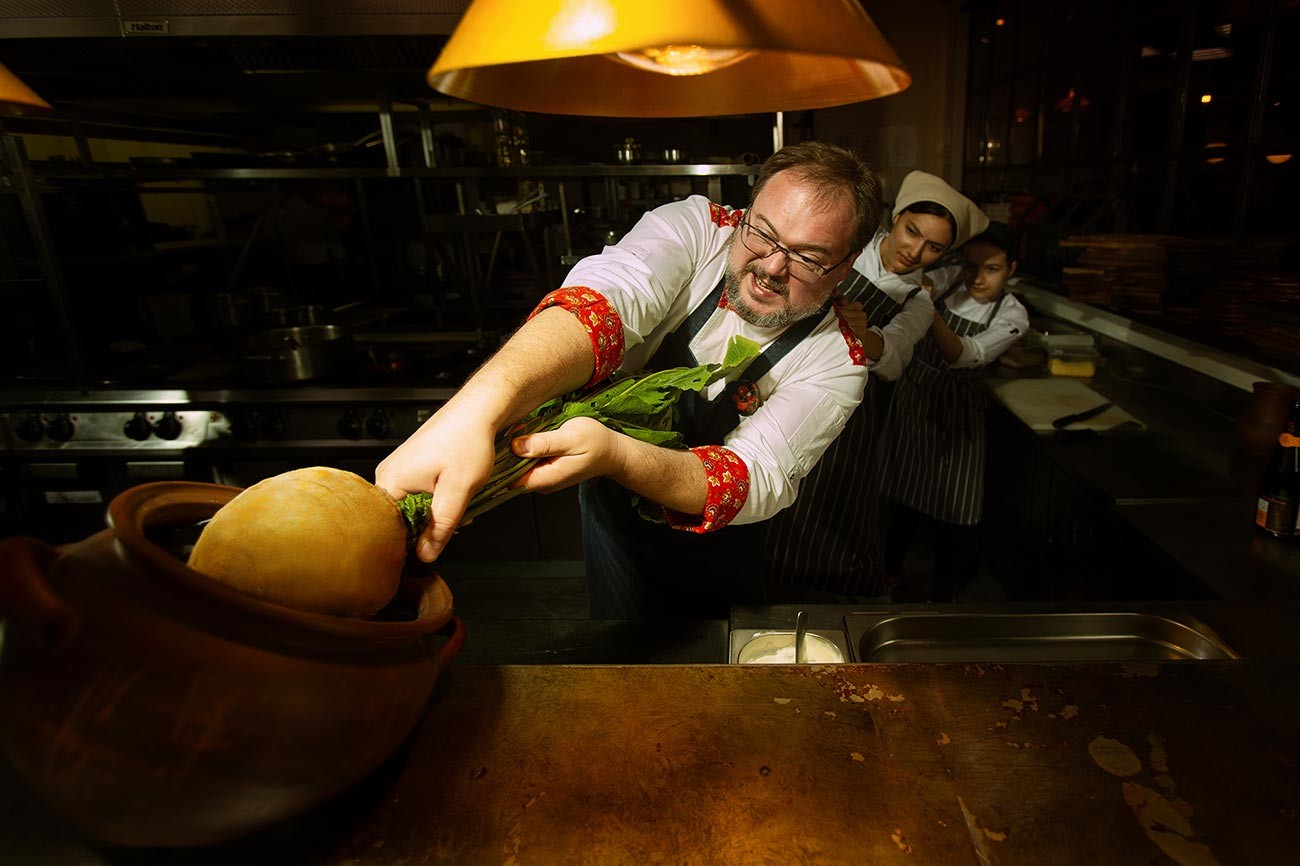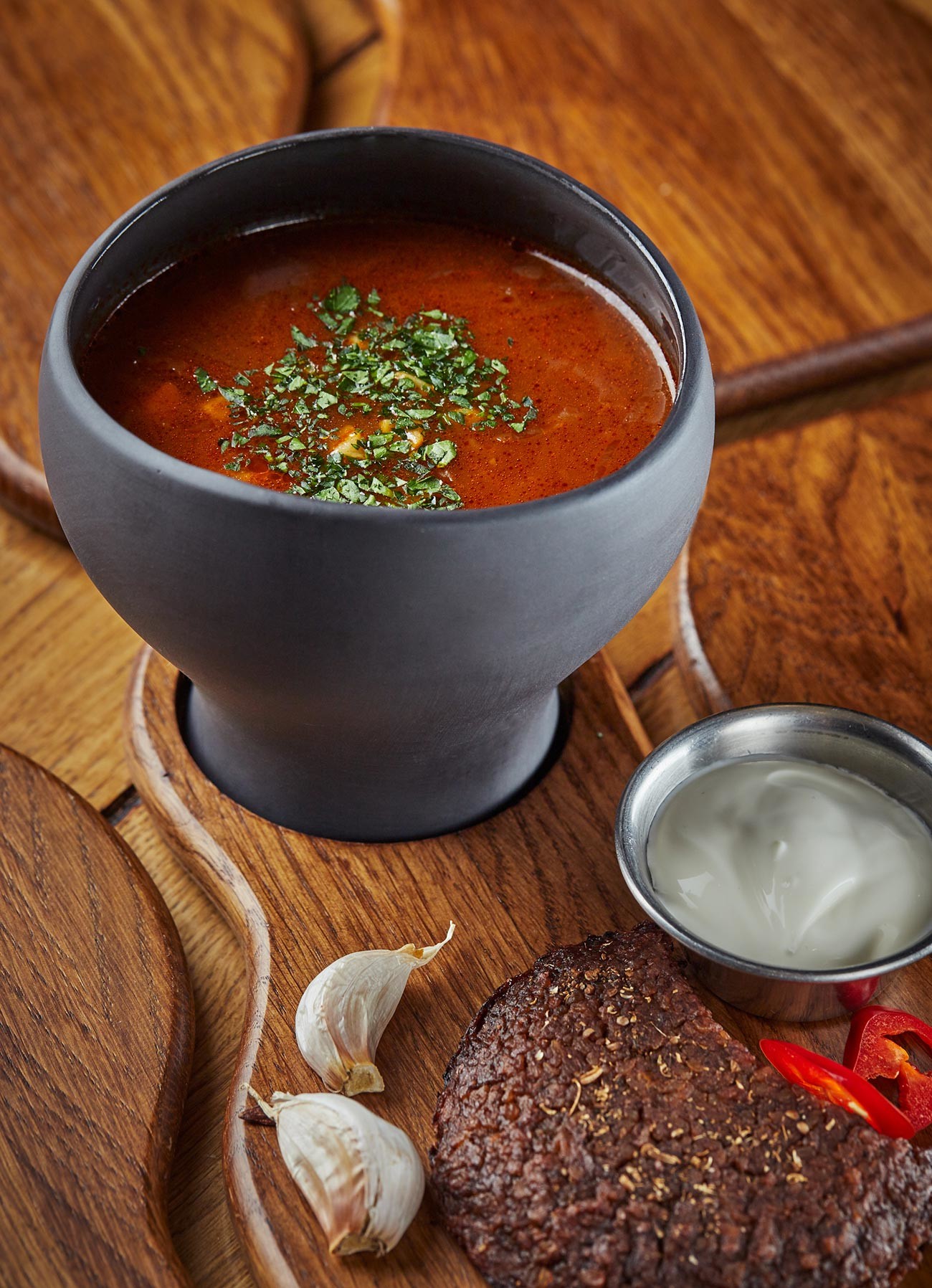Monastic cuisine: Valaam shchi with mushrooms, as recommended by Leo Tolstoy (RECIPE)

The perfect soup for veggies!
Press ServiceFor a long time, shchi and kasha (cabbage soup and porridge) were the main staples of the Russian diet. Today, cabbage soup is made with meat broth with potatoes, cabbage, carrots, onions, meat and tomato paste. At the same time, there are at least ten types. One of the most traditional is Valaam shchi, named after Valaam Island in Karelia in northern Russia, inhabited by monks. The dish is also known as mushroom shchi, because it is a Lenten dish, cooked without meat. Potatoes and tomatoes are also missing from Valaam shchi, since the recipe appeared more than 400 years ago, when these vegetables had not yet arrived in Russia.
The soup also appears in one of the last records made during the life of writer Leo Tolstoy. In the fall of 1910, he left his Yasnaya Polyana estate for a monastery. Although the records show that he never entered the monastery, he did dine at the monastery hotel, where he ate cabbage soup made of "sauerkraut, mushrooms and roots seasoned with sunflower oil" and buckwheat porridge.
Depending on the season, Valaam shchi is prepared from fresh, dried or salted mushrooms. According to Vladislav Piskunov, head chef at the Matryoshka restaurant, the combination of boiled sauerkraut and dried porcini mushrooms is one of the most harmonious. And if the soup is left to stand in a cool place for 24 hours, the benefits only multiply.

Vladislav Piskunov, chef at the Matryoshka restaurant.
Press ServiceValaam shchi recipe by Vladislav Piskunov
Ingredients:
• 70 g dry porcini mushrooms
• 500 g sauerkraut with carrots (proportion 400:100)
• 1 onion
• 2 cloves of garlic
• 2 tbsp. vegetable oil
• 2 tbsp. rye flour
• 1/2 bay leaf
• 1/2 tbsp. dried dill
• salt

Preparation:
1. Place the sauerkraut with grated carrots in a cast-iron pot. Add water and salt, and place in the oven without a lid (or on low heat in a saucepan if you have no cast-iron cookware) for about 2-3 hours. If the water boils away before the cabbage has sufficiently softened, add more boiling water. The result should be fully cooked cabbage with minimal liquid. Cabbage processed this way becomes soft, excess acid is drawn off.
2. Sort the mushrooms and soak in cold water for 10-15 minutes, then drain and transfer to a pan. Add cold water and salt. Place on medium heat and cook for 20 minutes. Toss the mushrooms into a colander and drain the broth into a bowl. Lightly squeeze the mushrooms.
3. Strain the broth through muslin or linen cloth so that no soil from the dried mushrooms gets into the soup. Pour the mushroom stock into the cast-iron pot or saucepan with the cabbage.
4. Finely chop the mushrooms. Dice the onion into small cubes and sauté in vegetable oil in a pan. Add the chopped mushrooms and continue frying over medium heat until they turn noticeably darker. (To get the most traditional version of cabbage soup, you can skip the onion sautéing and mushroom frying. Instead, add the onion at the cabbage-boiling stage.)
5. Transfer the fried mushrooms to the cast-iron pot or saucepan.
6. Add bay leaf, dried dill, flour dissolved in broth and finely chopped garlic.
7. Put the pot or pan with the cabbage soup in the oven at 120-150°C for 2 hours. Serve with boiled buckwheat cereal.
READ MORE: How to make Olivier (aka Russian) salad fit for a tsar (RECIPE)
If using any of Russia Beyond's content, partly or in full, always provide an active hyperlink to the original material.
Subscribe
to our newsletter!
Get the week's best stories straight to your inbox